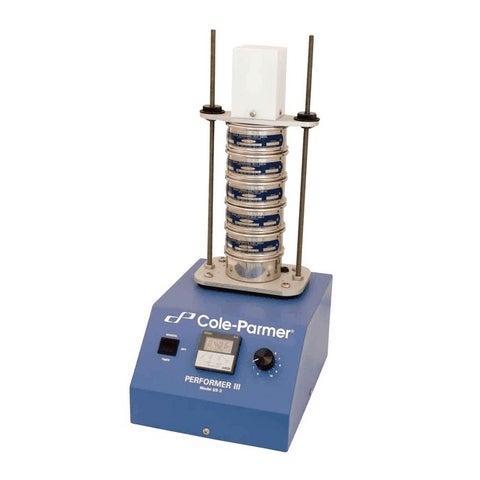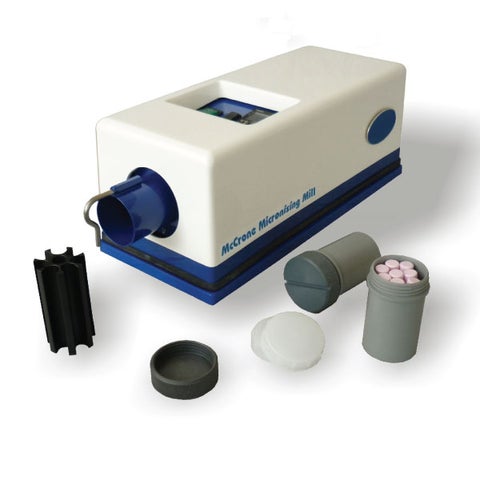MEPAL provides a wide range of analytical capabilities (including XRF, XRD, SEM-EDX, NIR, epifluorescence, qPCR, MicroResp, LDIR, isothermal microcalorimetry, spectral induced polarization) to characterize soil, sediment, biota and aerosol properties, and to identify and monitor organic contaminant degradation processes. Sample preparation services are available.
Location: EIT 1007, PHY 223, PHY 222
To inquire about these facilities, please contact:
Phone: 519-888-4567 ext. 32820
Office: EIT 1003

Elemental/CHNS analyzer
- Elementar vario EL cube
- Determines the percentage of carbon (C), hydrogen (H), nitrogen (N), and sulfur (S) elements in a solid or liquid sample
- Requires minimal sample preparation
- Provides micro-analysis of samples in the lower microgram range with no compromise
- Semi-macro analysis for CHNS in up to 1 g soil
- Equipped with two detectors: a Thermal Conductivity Detector (TCD) and a Non-Dispersive Infrared Detector (NDIR).

X-ray diffractometer (XRD)
- PANanalytical Empyrean II
- Analysis of powders, thin films, nanomaterials, slurries and solids
- Performs mineral identification and quantification
- Maximum usable range (depending on accessories) -111°< 2θ <168°; 2θ linearity equal or better than ±0.01°
- Fully ceramic X-ray tubes manufactured by PANalytical under cleanroom conditions; designed for 60 kV operation, allowing optimal performance for Mo and Ag sources

Table-top scanning electron microscope with EDS system (SEM-EDS)
- [Shared facility: Ecohydrology, Blowes, Ptacek, Kendall]
- Hitachi scanning electron microscope TM-3000
- Bruker QUANTAX 70 Energy Dispersive X-ray Spectrometer (EDS) provides qualitative and quantitative elemental analysis of all solid materials
- Magnification: 15-30,000 x
- Minimum resolution 20 µm
- Maximum viewing area: 35 mm x 35 mm
- Maximum specimen size: 70 mm
- Maximum specimen height: 50 mm
- Detection range: boron (5) to americium (95)
- Three EDS modes available: spot, line and mapping

Isothermal Calorimeter (TAM Air)
- Can be used to monitor organic matter degradation processes
- Measures the heat produced or consumed by geochemical reactions and microbial metabolic processes
- Heat produced or consumed by microbial growth is related to energy dissipated by microbes as a result of metabolic processes, including growth and the redox cycling of elements such as C, N, S, and Fe
- Measures the heat produced over time and therefore gives information about reaction kinetics
- High sensitivity to detect heat produced and long-term temperature stability (±0.001 °C)
- Incubation temperature of samples can be well-controlled between 5 and 90 ºC

Portable Lab Spectral Induced Polarized (PSIP) Instrument
- Can be used to monitor organic matter degradation processes
- High performance multichannel geophysical instrument
- Optimized for laboratory SIP, measures conventional resistivity, time domain induced polarization and self-potential measurements
- The Spectral Induced Polarization response is measured by applying sine wave voltages in the frequency range between 1 mHz and 20 KHz
- Users can control and monitor the PSIP measurements with a standard web-browser which allows:
- Full and detailed control of all configurable test parameters
- User-controlled test runs
- Collecting and storing measurement data

MicroRespTM system
MicroResp™ is a microplate-based respiration system that enables the user to analyse up to 96 soil, sediment or water samples and test a range of carbon sources and/or replicates in a small compact space. MicroResp™ measures CO2 evolution over short periods (4-6 hours). Incubation temperatures can be controlled.
Can be used to monitor organic matter degradation processes.

Sieve Shaker
- Quiet, electromagnetic vibratory action for small samples (3'' diameter sieves)
- 0 to 100% amplitude control for fine particle separation
- Switchable tapping action

Grinding Mill
- Effectively reduces samples ot sub-micron sizes suitable for x-ray diffraction and x-ray fluorescence analysis

Light and epifluorescence microscope
- Carl Zeiss Axio Scope.A1 HAL 100-FL-LED with AxioCam CM1
- Universal use; objective lenses = 20x, 40x, 100x, 200x
- Can do both transmitted light and reflected light applications, including bright field, dark field, phase contrast, epifluorescence and polarization (LED illuminator), etc.
- Comes with internal digital camera and ZEN software
- Several attachments available

Inverted Microscope
- Carl Zeiss Primo Vert with AxioCam ERc5s
- Designed for use on cell cultures
- Features built in camera and compact design